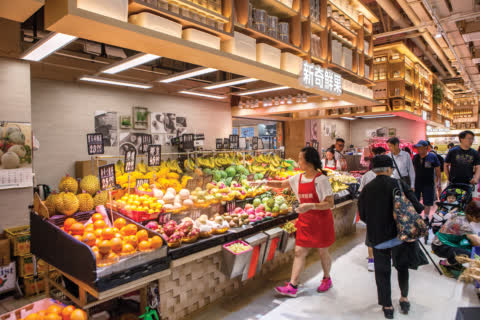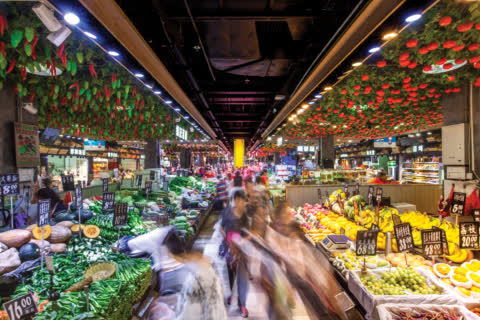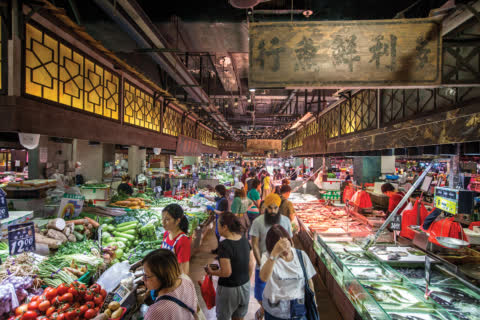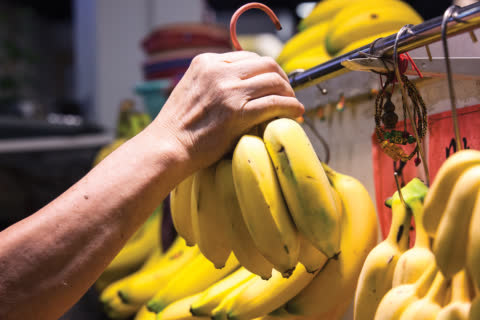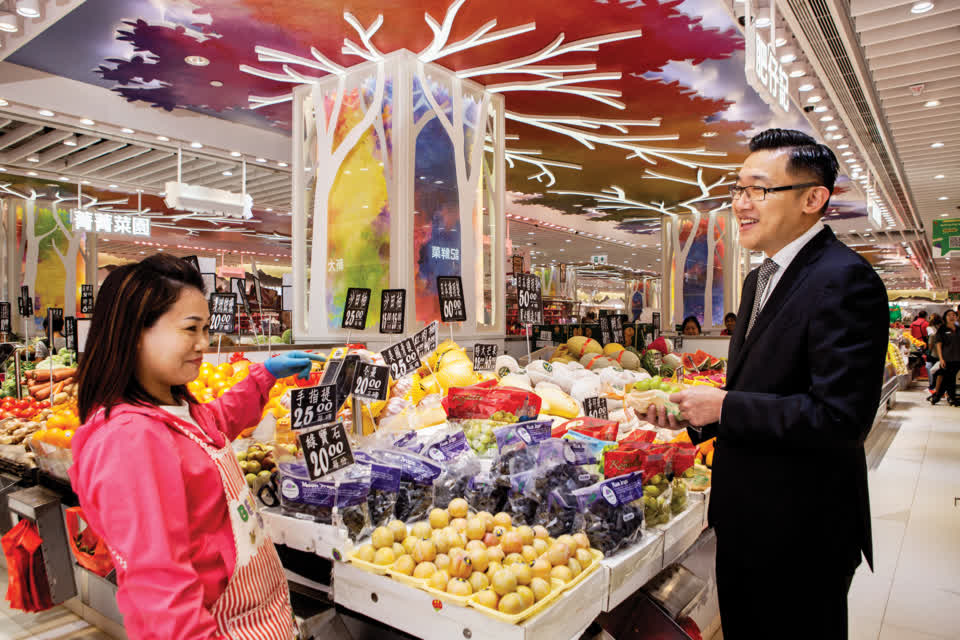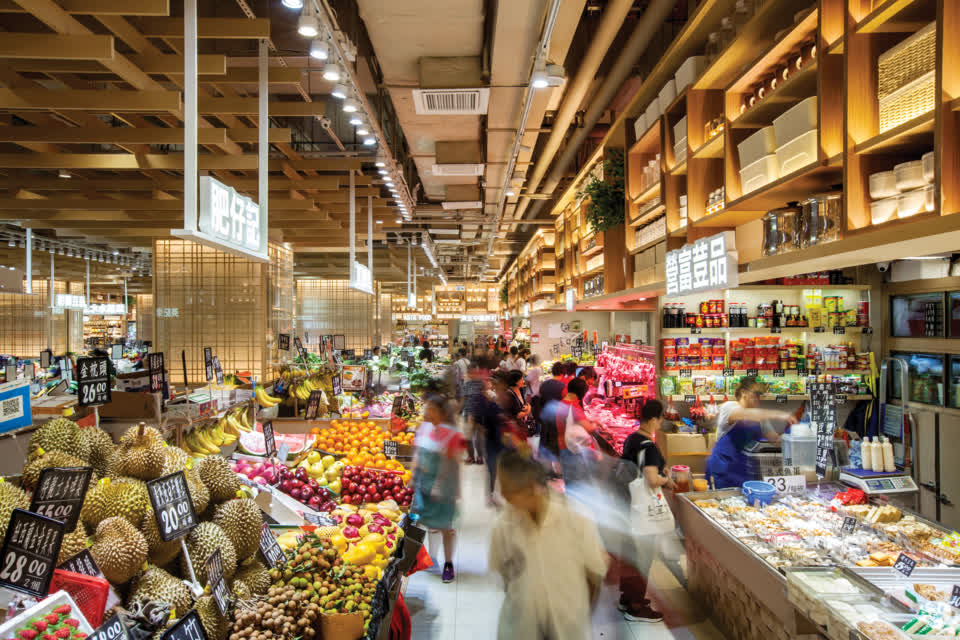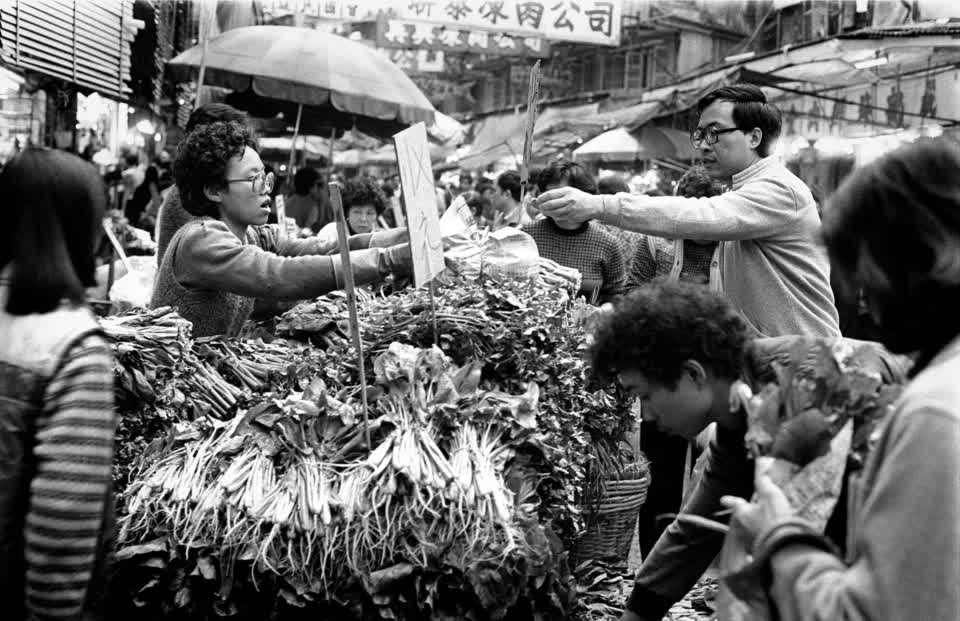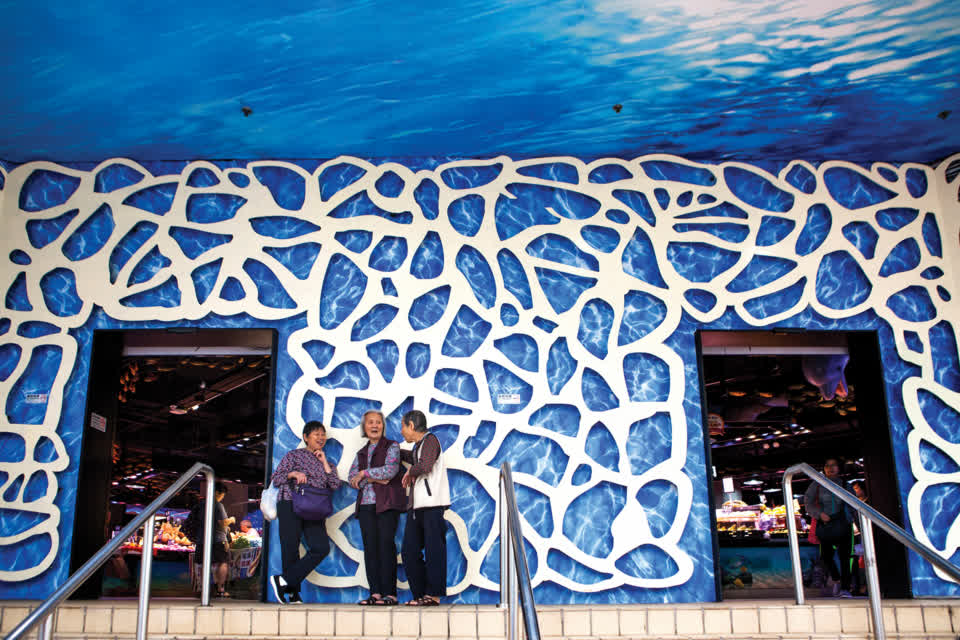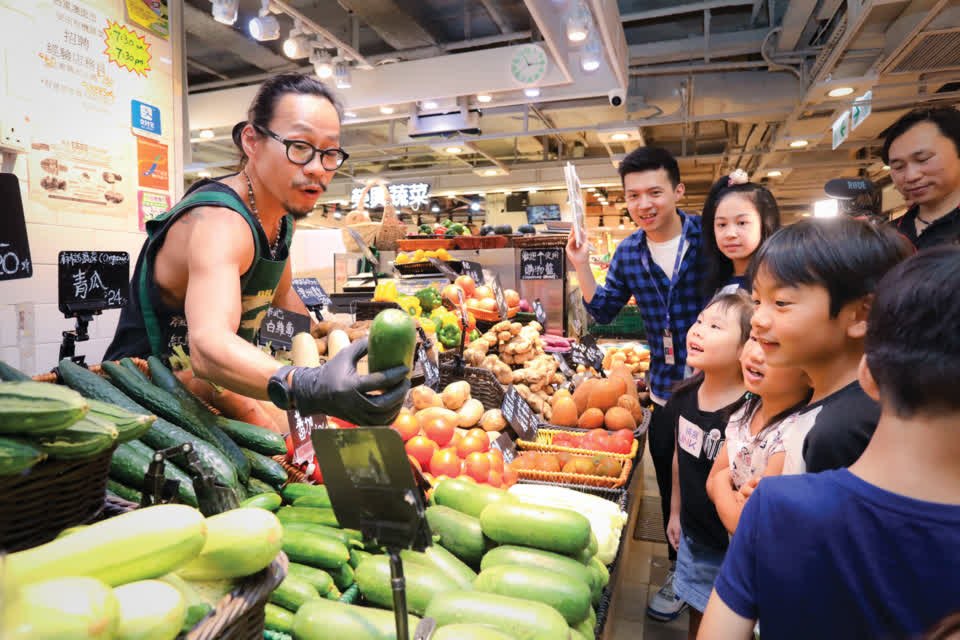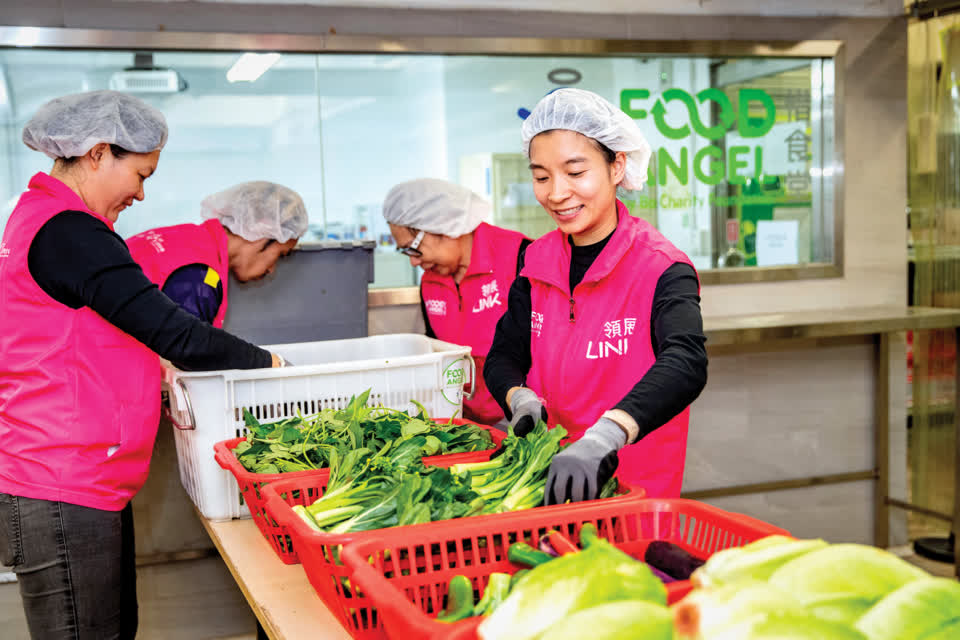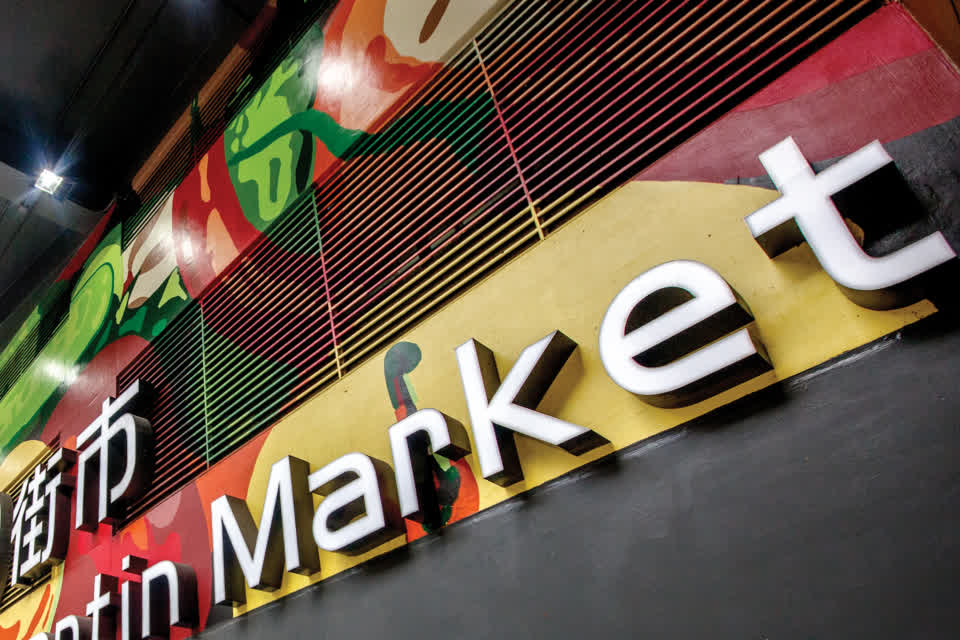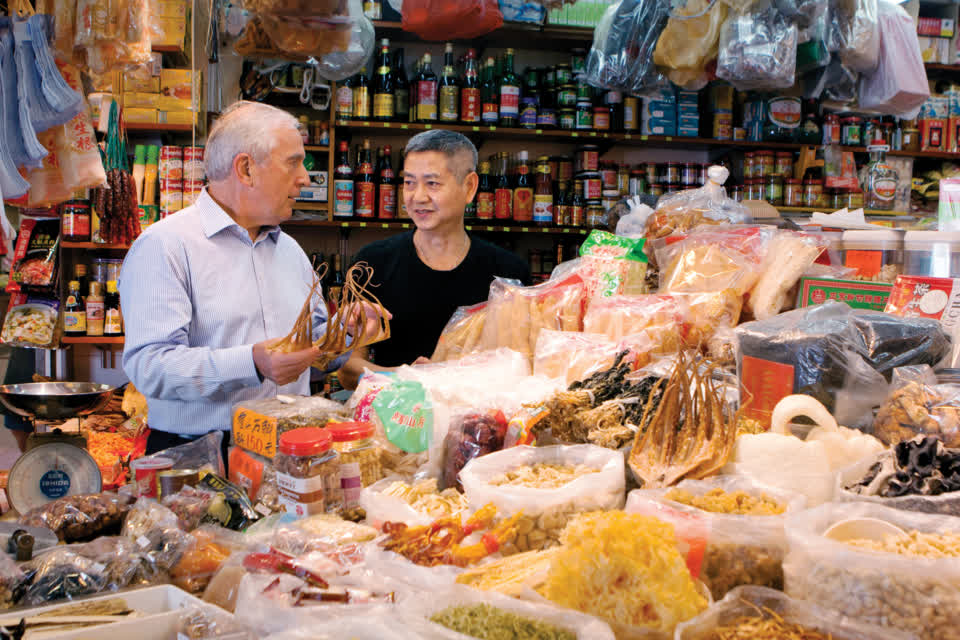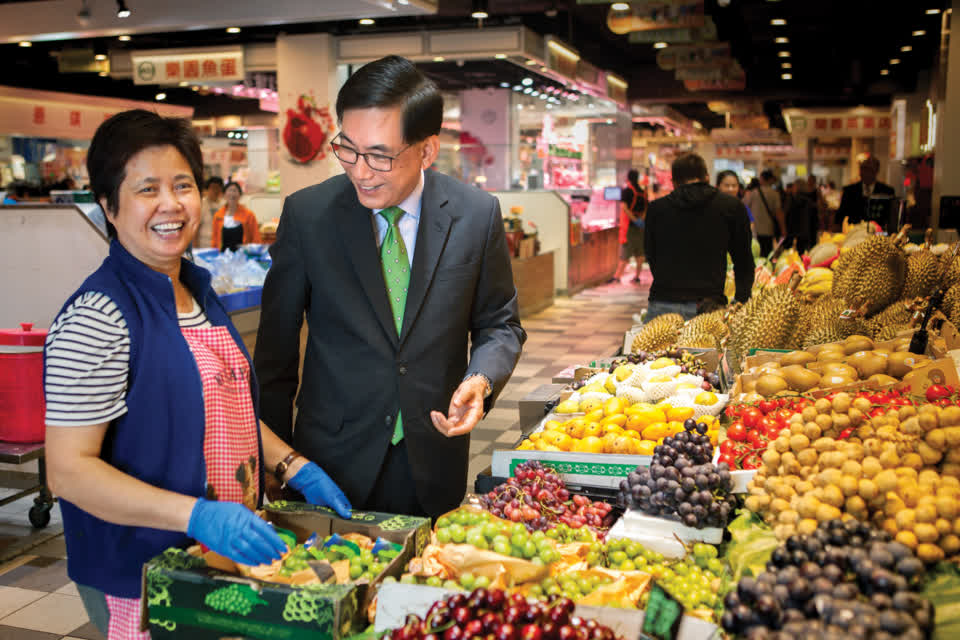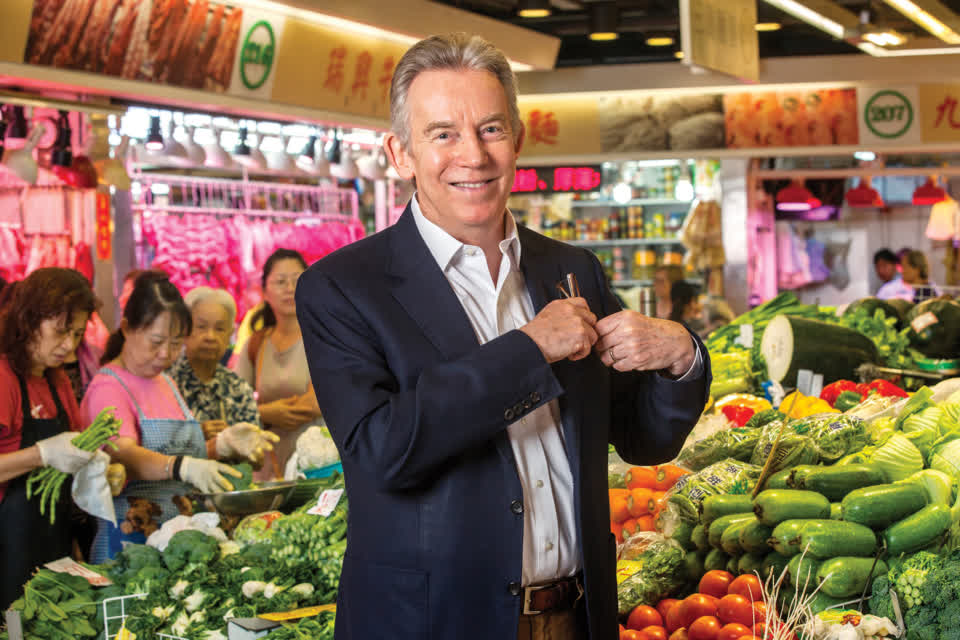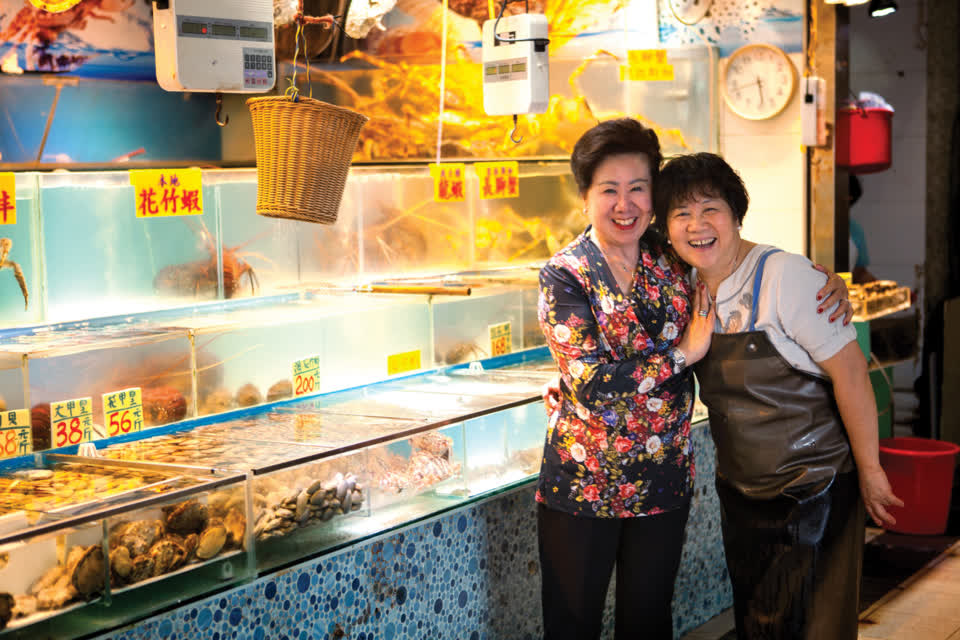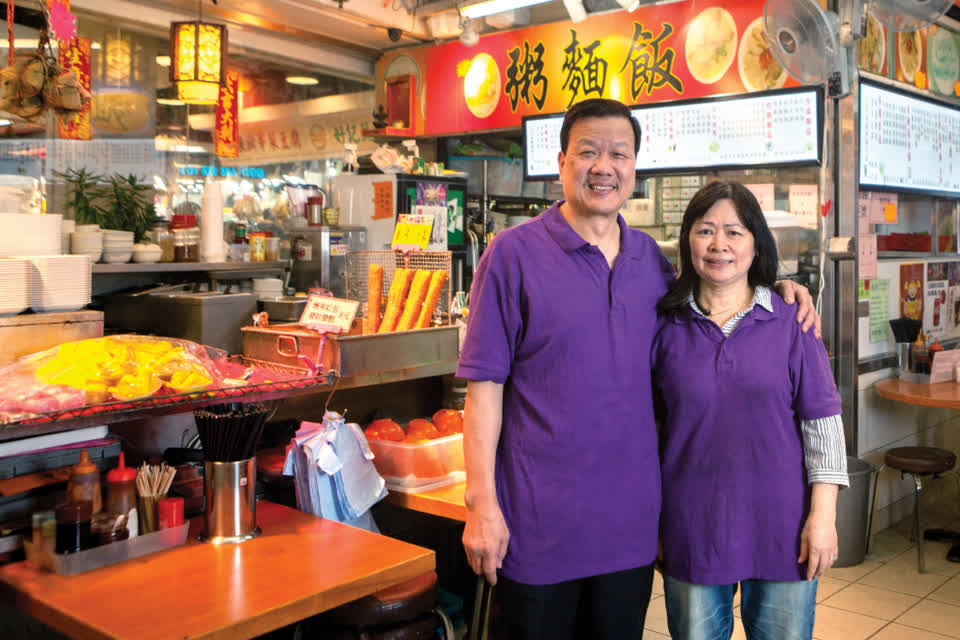“Every day we see repeat customers coming in”
“This acceleration process has actually had a very positive effect for different stakeholders, like our customers,” says Kong. “They could enjoy an improved environment and have better shopping choices. For our shopping centres as a whole, because the fresh market is one of our major anchors, it’s a big magnet for drawing shoppers. Every day, we see repeat customers coming in and the footfall has increased. Although fresh markets are not major contributors to our total income, their multiplier effect is huge.”
Link started a leasing relationship with one operator called Uni-China (Market) Management Ltd. which was new to the business of running a market, says Farcis.
“It was not new to the actual markets, because it was already operating stalls in markets, but it was new to running a whole market as a single operator. We took them with us when we went looking at markets in Europe, because you have to see what is out there in the world and how other people do it, and Uni-China really took those lessons on board. They implemented a number of new ideas alongside us.”
For instance, all the Hong Kong market stalls used to be built to the same standard height, but in Europe, they are all different.
“People embraced that model and we have kept on improving it”
“A lot of markets in Europe are street markets and they are just there for one day,” says Farcis. “So when we were there, we were discussing whether we should try something very light for our stall design, and try to lower the height of the stalls. And of course there was a lot of resistance from our traders because we had never done that before. They said, ‘No, it will never work, we need walls,’ and so on. But we really pushed that idea to our leasing team so that they could in turn convince the traders, so we implemented it at one market. That was Oi Man, and it was done a couple of years after Tai Yuen. And then Uni-China tried it too at another site and it worked well. We started on another one and that’s how it began to snowball. And basically that was the acceleration programme. It made it possible to really accelerate the pace of the renovations, and as a result, to really make an impact because then we were moving on from the experiment of Tai Yuen – not knowing whether it was going to make money, whether it was going to work – to really a rollout of the brand new market model. Then people embraced that model and we have kept on improving it.”
FROM STALLHOLDER TO OPERATOR
CEO of Uni-China, Jackie Ling, explains how he saw opportunities in Link’s new strategy for leasing and renovating the markets
“We started out in the fresh food business many years ago, before our cooperation with Link, and we were only a stallholder inside markets managed by other companies,” he says. “We saw how the management of markets was being done over the years, and we had many thoughts about how to run it better. There was room for many new ideas and practices yet to be introduced to traditional markets. But due to our status as a stallholder, there wasn’t much we could do. So the thoughts remained just thoughts at that stage.”
An opportunity arose because Uni-China were also running food and beverage outlets at some of Link’s shopping malls.
“When the leasing people talked to us and learnt that we also had a sizeable fresh food business of our own, and we shared with them our thoughts on how to better run the markets, they thought these could be good ideas to introduce.”
They started managing one small market for Link, and their cooperation grew from there. New ideas were quickly put into play.
“When we took over some old-style markets and revitalised them, firstly we increased the proportion of fresh food provision in those markets by increasing the number of stalls selling fresh food, hence providing more choice to customers,” says Ling. “That made a big contrast to the past, when there were often only one or two stalls for fresh food of each category, which limited the choice for shoppers, and turned them away from shopping in the markets.”
Some operators might limit themselves to passively managing the markets – doing the routine cleaning, opening and closing the premises, collecting the rents – but Ling says this is not enough.
“It’s not about managing the markets, but actively running them”
“For us it’s not about managing the markets, but actively running them: working hard to attract more people into the markets, helping stallholders to boost their business, finding ways to offer more enjoyable shopping experiences to consumers. That’s why our team does not just consist of a small management team, but also marketing people, frontline sales people and so on. We coach the tenants on how to sell more and how to display their food more attractively. From our own experience in running a fresh food business, we are able to educate the merchants on how to escalate their sales performance.”
Helping the stallholders run better businesses was central to Link’s intentions when it started transforming the local fresh markets.
“This is a huge factor,” Sallnow-Smith says. “If you are a retail landlord, your job is not just to provide the space with the proper fit-out. It’s to help the tenants improve their businesses, because that’s not only good for them, it’s good for us and it’s good for the shopping public. You may say it’s a social responsibility, but it’s also a financial benefit, it’s the same thing.”
Link also looked at different layouts and different ways of moving people through markets, which the tenants can’t take charge of themselves. Some of the renovated markets are arranged much more like a traditional town centre, where the streets aren’t all parallel to each other and people are encouraged to walk in a series of curves. This allows them to catch sight of things that they wouldn’t otherwise see. The better visibility helps to improve sales.
And then sometimes it’s the little things that make a difference, says CEO George Hongchoy.
“The traders had been selling goods and displaying them in a certain way for a long time,”
he says. “Selling fruits, for example. In the past, they would just cut open a carton, put it on the counter and start selling. We told them: you are competing with shops where they display produce a lot better. Why don’t we help you source some nice baskets? How should you lay the fruit out? Should you put the oranges next to the cherries and apples so the colours look more vibrant?
“These things take time. I think in the first one or two years, some of the tenants took 18 months before they got used to how we would like to operate. And then, when we had momentum, when we had a critical mass of so many good new markets, then it became a lot easier. Then we didn’t have to describe our ideas to the traders, we didn’t have to show pictures of what you can find in Spain, Taiwan or Japan. We could say: ‘Why don’t you go and look at what they are doing at Lok Fu Market in Kowloon? Why don’t we take you to have a look at Butterfly Market in Tuen Mun?’ And when they went there and said ‘I could do that’, it became so much easier.”
